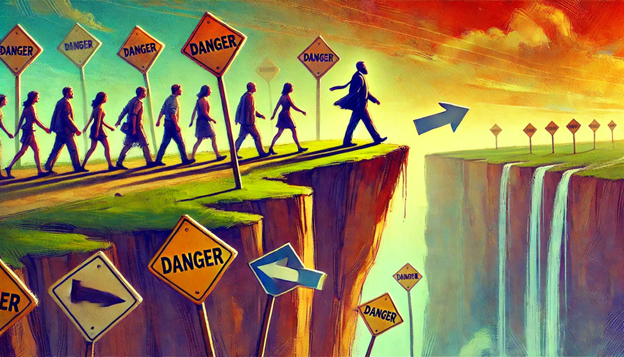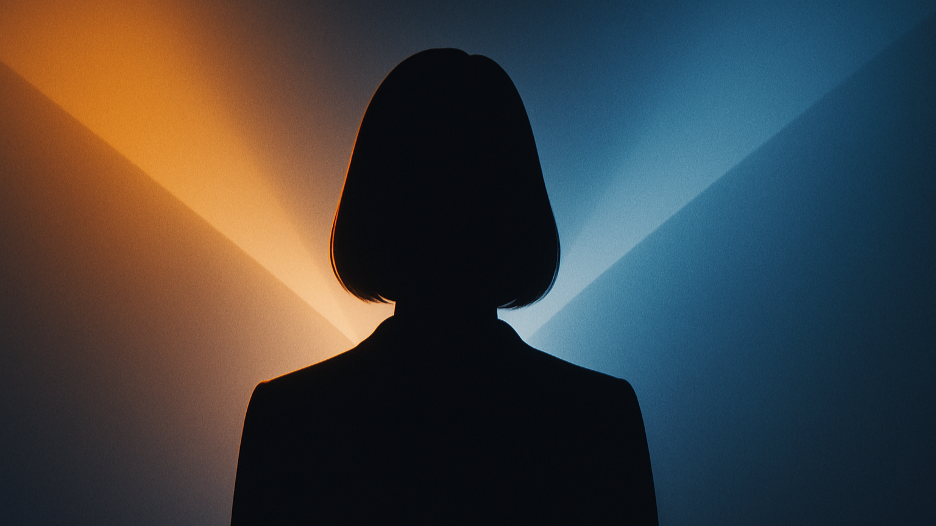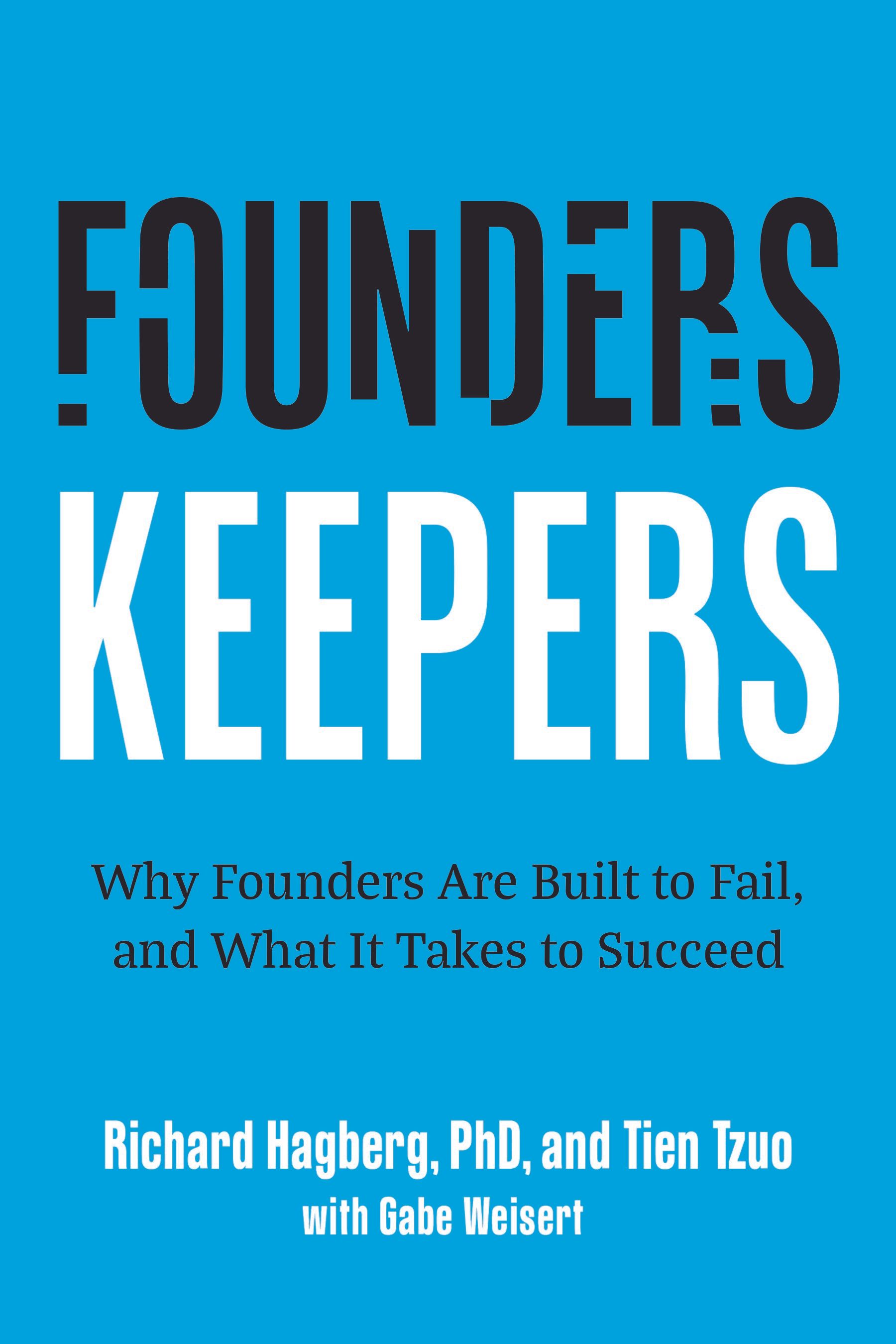Article
How Best Leaders Make Great Decisions: The Real Art of Judgment Beyond the Myths

Leadership is often framed as an innate skill—a natural “gift” of foresight and intuition. But here’s the first myth we’ll debunk: great decision-making isn’t magic. One of my early mentors gave me the following feedback, “Rich, sometimes you treat a wisp of inspiration as if it were a four-lane highway. It’s not that you shouldn’t trust your intuition, you just need to validate it.” This is what I’ve learned since then. Through extensive research on personality and 360 ratings of behavior on nearly 2,000 executives from diverse industries worldwide, I’ve learned that strong decision-making is a disciplined approach to judgment that distinguishes top leaders from the rest. These leaders don’t fall for quick fixes or rely on intuition alone; they build their decision-making skill through a blend of analysis, emotional intelligence, and strategic insight. Let’s explore what our research reveals about how great leaders make great decisions, challenging some pervasive myths in the process.
Myth #1: Leaders Are Born with a ‘Gut’ for Good Decisions
Many people picture a strong leader as someone who acts swiftly, relying on an almost mystical gut instinct. But from our research, it’s clear that while intuition has a role, exceptional leaders don’t lean solely on their gut. They’re analytical, dissecting problems and identifying root causes. They avoid knee-jerk reactions and use data and context as their foundation. Our findings show that leaders who rate high in analytical skills and problem identification are able to make consistently better decisions, thanks to their ability to weigh diverse inputs and arrive at well-considered conclusions.
Practical Takeaway:
Before making a quick decision, ask if it’s really grounded in analysis or just a reflex. The best leaders in our study clarify problems, consider multiple perspectives, and evaluate risk. This balanced approach—where intuition complements, rather than overrides, analysis—ensures more sound and strategic decisions.
Myth #2: Strategic Vision Means Focusing Only on the Big Picture
“See the forest, not the trees.” Sounds inspiring, right? But it’s also incomplete. In reality, great leaders don’t overlook details—they take a “zoom in, zoom out” approach to strategy. According to our research, the best leaders combine big picture thinking with a precise grasp of details, enabling them to adapt to short-term needs while aligning with long-term goals. These leaders balance the forest with the trees, recognizing that both perspectives are crucial for sound judgment in complex environments.
Practical Takeaway:
When facing a decision, don’t just go with what looks right from a high level. Drill down into specifics and examine how each choice supports your goals, now and in the future. The best leaders, as our research shows, have honed the ability to navigate both the telescope and the microscope.
Myth #3: Real Leaders Are Decisive and Unwavering
Sure, decisiveness is important. But our research underscores that the best leaders aren’t just fast—they’re deliberate. These executives make a thoughtful choice between action and patience, recognizing that impulsivity can backfire. Decisiveness isn’t about rushing; it’s about timing. Leaders who consistently rated high in follow-through also demonstrated this deliberation—when they act, they ensure their decision is fully executed, with a strong sense of timing and purpose.
Practical Takeaway:
Avoid making decisions purely for the sake of speed. Reflect on whether a pause for more data or a moment of careful thought will yield a better choice. Our findings reveal that the most effective leaders don’t view deliberation as hesitation but as essential preparation.
Myth #4: Good Leaders Always Follow Their Convictions
Leaders are often depicted as unbending in their beliefs. But our research reveals that top-performing leaders exhibit cognitive flexibility—they know when to adapt their thinking. Leaders who resist change or rigidly adhere to their convictions miss out on opportunities to pivot and adjust as new information emerges. The best leaders in our study are adaptable, unafraid to revise their strategies, and more likely to succeed in dynamic, complex environments.
Practical Takeaway:
When you’re resistant to change, ask yourself if it’s pride or fear of flexibility that’s holding you back. The leaders in our research embrace adaptability as a strength. Remember, it’s not flip-flopping if you’re improving and evolving.
Myth #5: Risk-Takers Are the Only Ones Who Move the Needle
Hollywood loves a risk-taker, but our research shows that top leaders don’t gamble recklessly. They’re experts at calculated risk-taking—distinguishing between acceptable and unacceptable risks. They use a structured approach to weigh outcomes and act when the potential benefits justify the risks. These leaders consistently achieve better results than those who approach risk blindly or avoid it altogether.
Practical Takeaway:
When you’re facing a risky choice, evaluate the potential fallout and how well-prepared you are to handle it. Leaders in our study assess risk meticulously, positioning themselves for wins without courting disaster. This kind of measured risk-taking is a hallmark of sustainable leadership.
Myth #6: Emotional Intelligence Just Means Being “Nice”
Emotional intelligence (EQ) is often misunderstood as “softness.” But high EQ is a critical tool for strategic influence. Leaders with high EQ manage their own emotions well, understand others’ perspectives, and build trust. They navigate conflict with finesse and inspire team buy-in. Our research shows that social confidence and diplomacy are vital qualities for leaders who master this emotional balance, building loyalty and morale that amplify their decision-making power.
Practical Takeaway:
To develop EQ, start with self-awareness: identify your emotional triggers and examine how they influence your choices. Then, focus on understanding team dynamics. Our data show that leaders who tailor their approach to different people and situations build stronger teams and achieve better outcomes.
Myth #7: Complexity Requires Total Control
Many leaders think that managing complexity means controlling everything. But our research with executives reveals that high-performing leaders know when to let go, fostering flexibility and encouraging innovation within their teams. They act as “guiding stars,” offering direction while empowering others to make decisions and solve problems on the ground. Leaders who rated highly in empowerment excelled in their roles by encouraging this autonomy, allowing their teams to shine within a shared framework of goals.
Practical Takeaway:
Identify areas where you can empower your team. Shift from micromanaging to guiding, and trust that capable people can solve problems creatively. Our findings affirm that leaders who embrace this style often get better, more innovative results.
Myth #8: Leaders Must “Know It All”
The myth of the omniscient leader is just that—a myth. Our research highlights that leaders who embrace intellectual humility achieve more sustainable success. By recognizing their limits, these leaders actively seek diverse perspectives and feedback. They’re not afraid to say, “I don’t know.” This openness fosters a culture of knowledge-sharing and insight that enriches the entire organization.
Practical Takeaway:
Practice intellectual humility by regularly seeking feedback, not only from peers but from all levels of the organization. Our data show that leaders who do this avoid the pitfalls of overconfidence, making smarter decisions with the full benefit of collective insight.
Myth #9: Stress Should Be Suffered in Silence
There’s a persistent belief that leaders need to handle stress internally, keeping it hidden. Yet, our research shows that resilience under pressure is key to good judgment. Leaders who manage stress effectively—through deliberate resilience practices—make clearer, more rational decisions. Those who prioritize mental and physical health maintain cognitive clarity, enabling better decision-making even under intense pressure.
Practical Takeaway:
Make stress management a leadership priority. Incorporate resilience practices like meditation or structured breaks. Our findings reveal that resilience isn’t just personal—it impacts the quality of leadership judgment in high-stakes moments.
Myth #10: Leadership is All About Results
Results matter, but the process of achieving them matters just as much. Great leaders know that good judgment balances outcomes with a reflective approach to how decisions are made. The leaders in our research use “double-loop learning,” where they don’t just evaluate whether a decision worked but also examine how the decision was made. This self-reflection keeps them growing and adapting, enabling them to learn from both wins and missteps.
Practical Takeaway:
Regularly review your decision-making process, not just the outcomes. Ask, “What went right?” and “Where could we improve?” By focusing on continuous improvement, you evolve as a leader, making each decision sharper than the last.
The Bottom Line: Good Judgment is Crafted, Not Gifted
Our research on nearly 2,000 executives has shown that good judgment isn’t a mystical talent. It’s a skill crafted over time, blending analytical thinking with empathy, risk management, resilience, and intellectual humility. Great leaders don’t rest on their innate abilities; they grow through disciplined reflection, calculated risk-taking, and a willingness to learn. By balancing data with insight, courage with caution, and strength with adaptability, they build decision-making practices that create lasting value and inspire those around them.
share this
Related Articles
Related Articles





